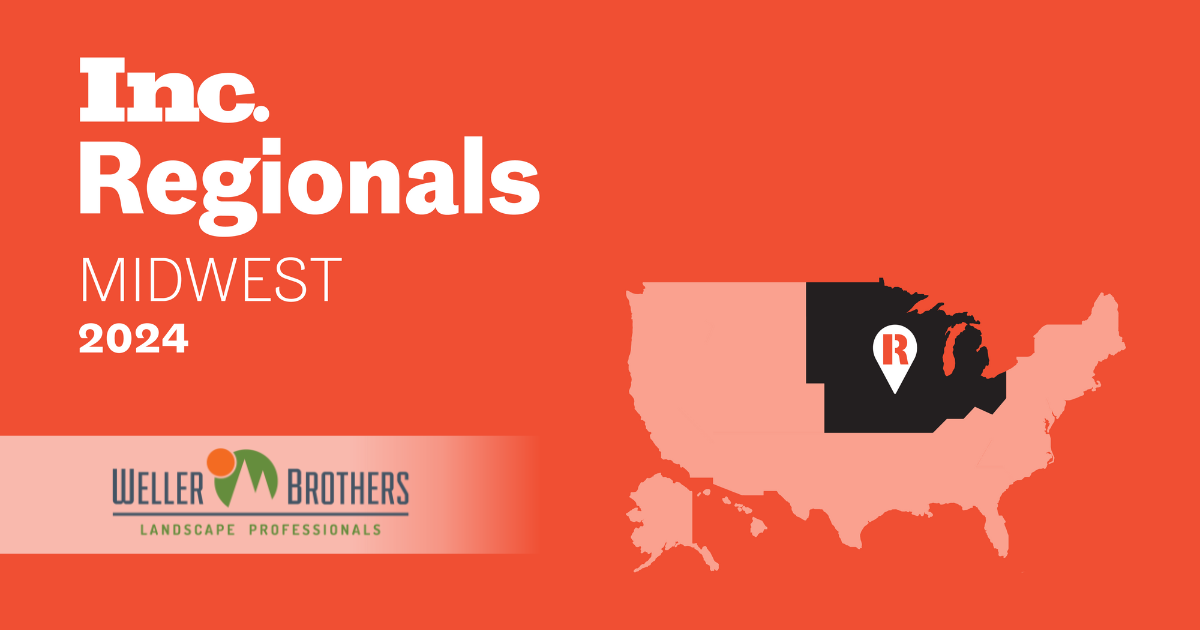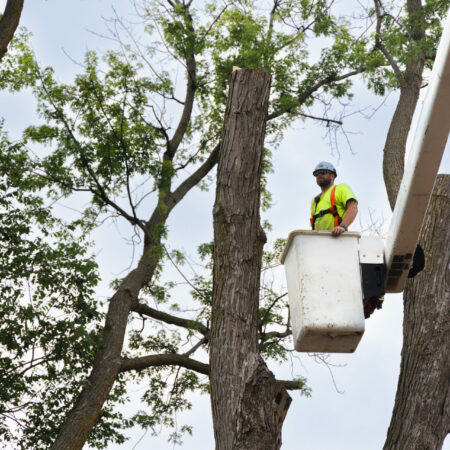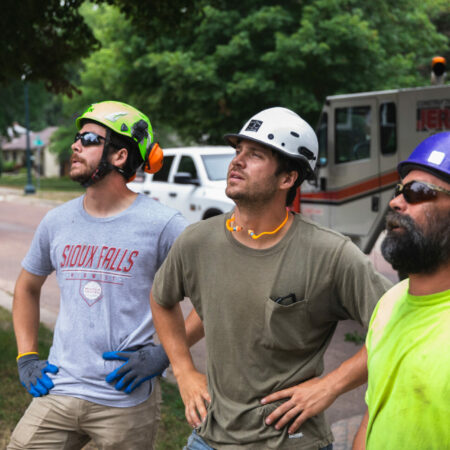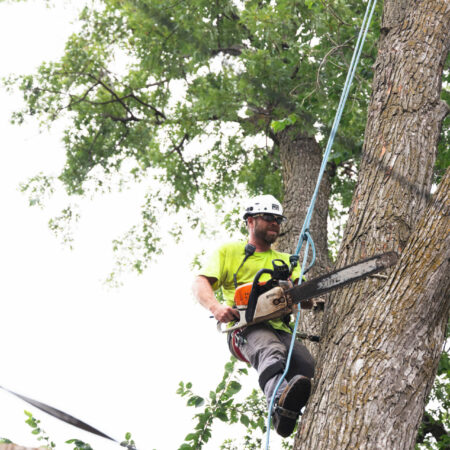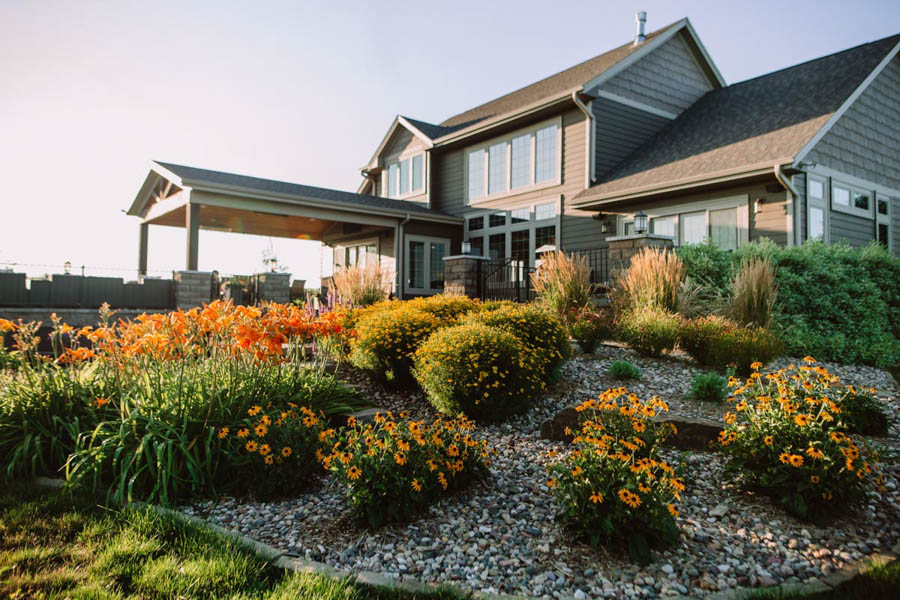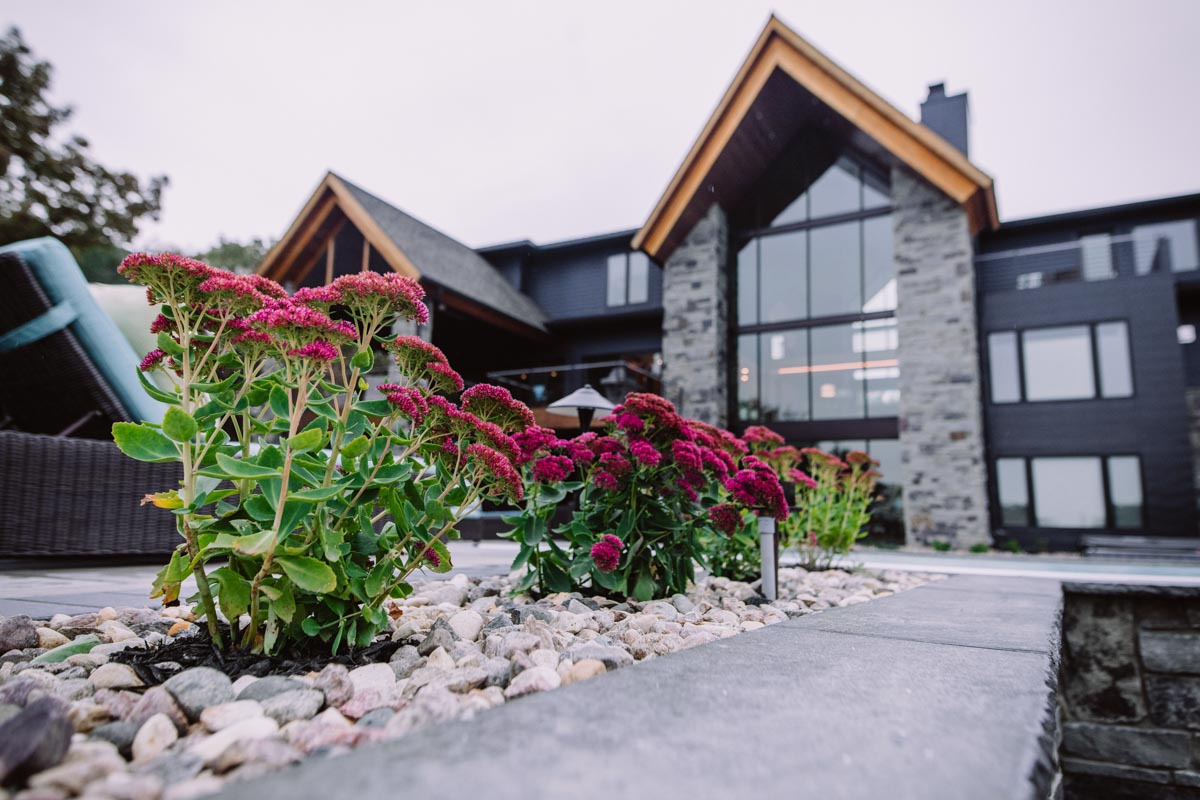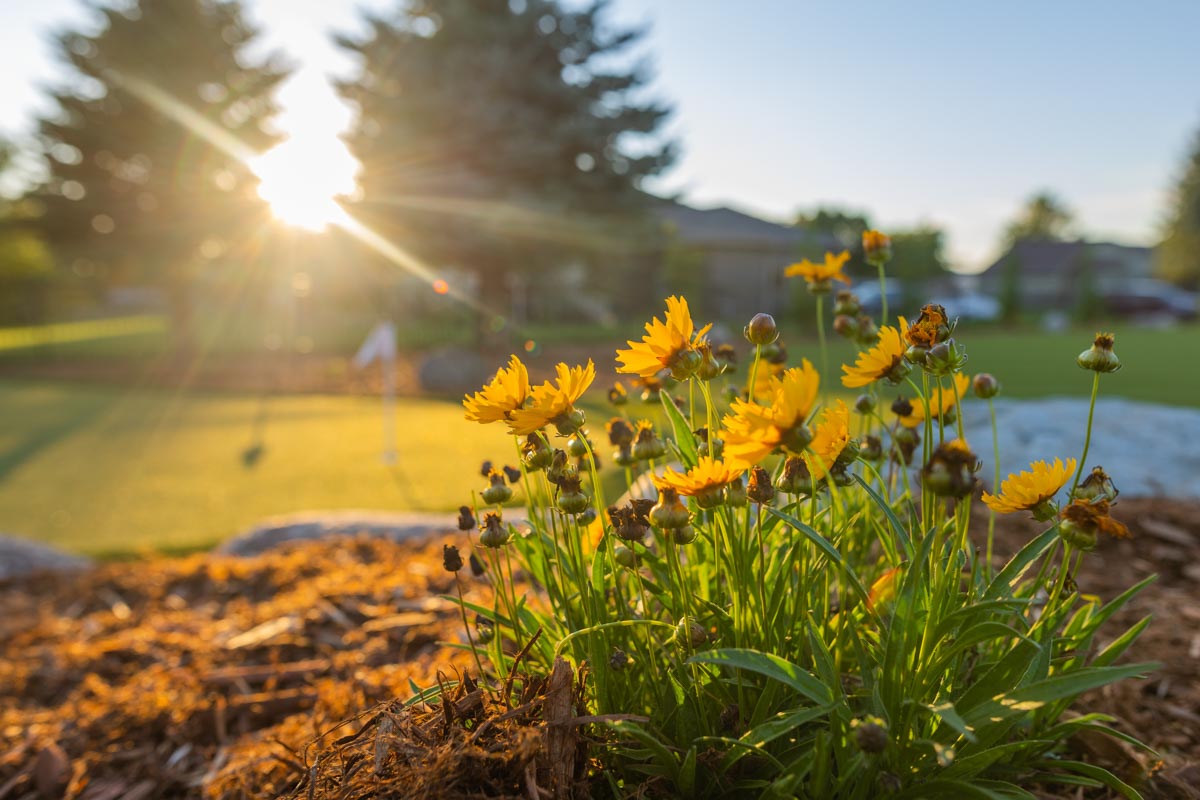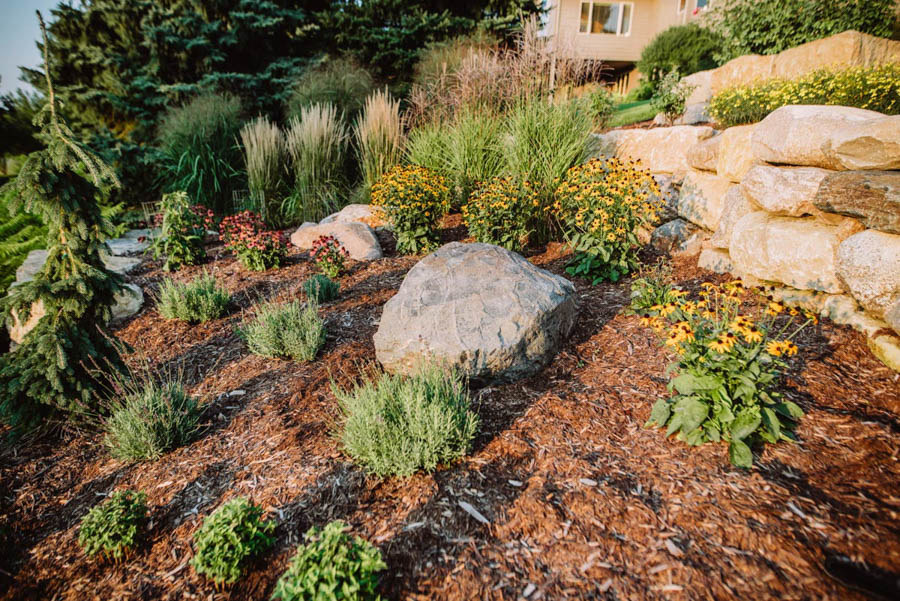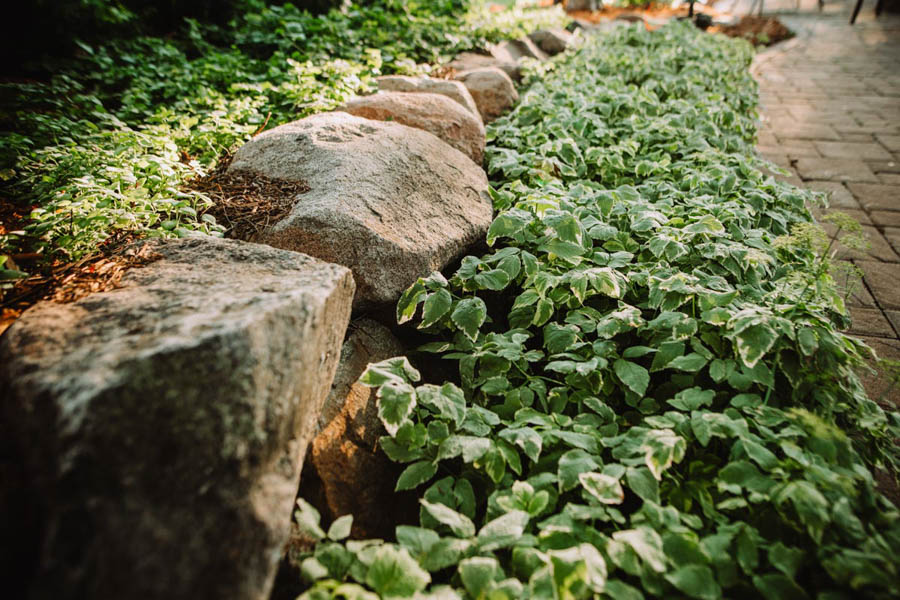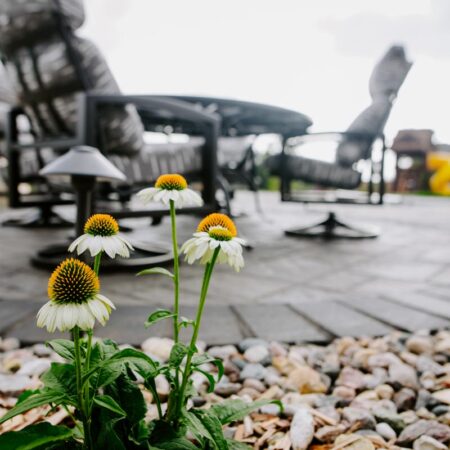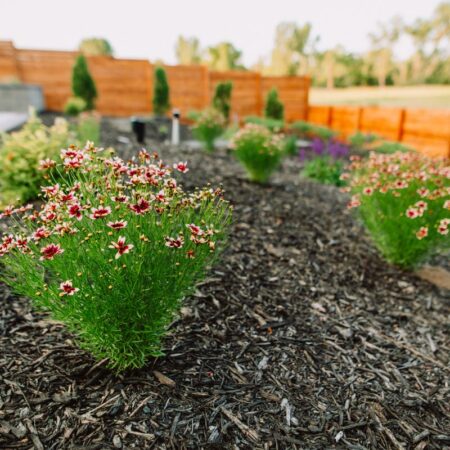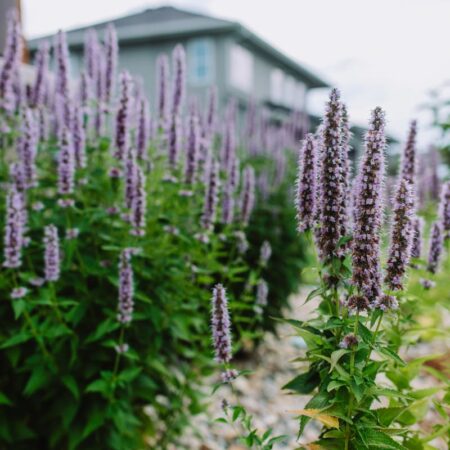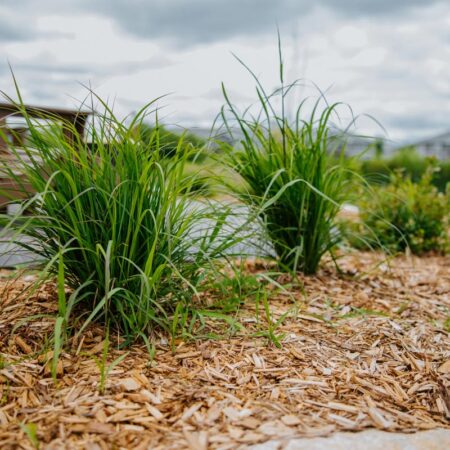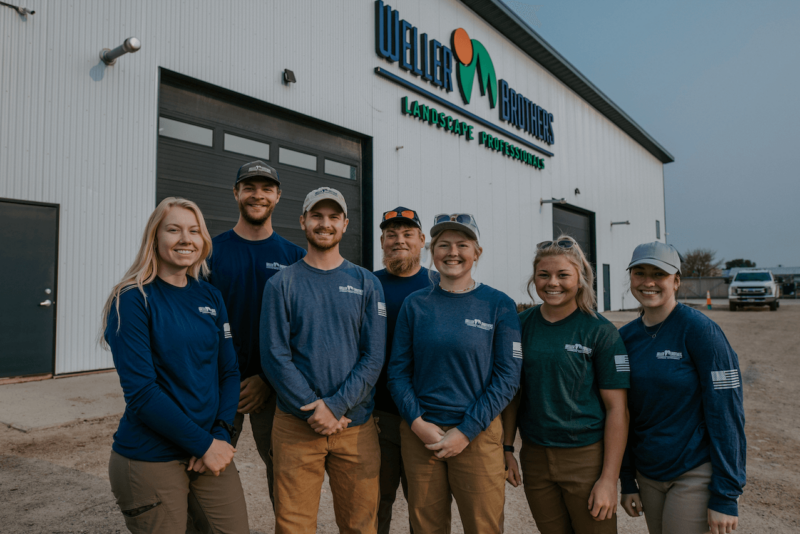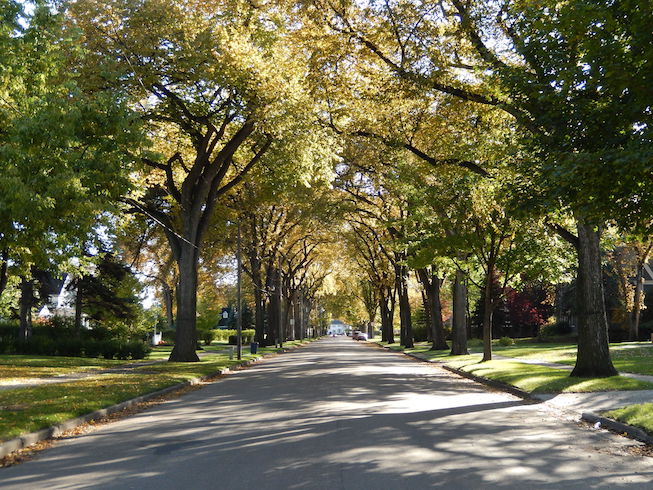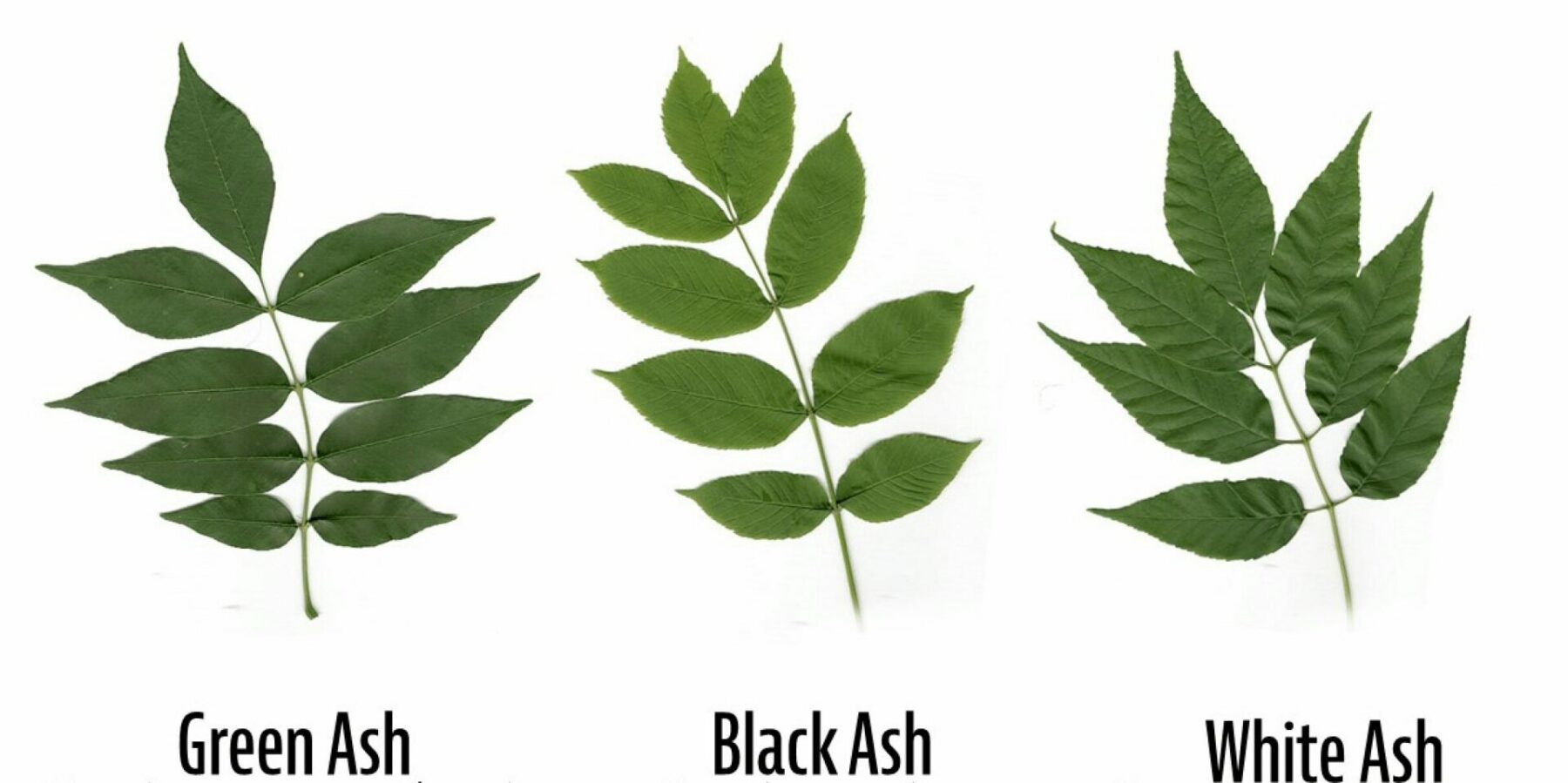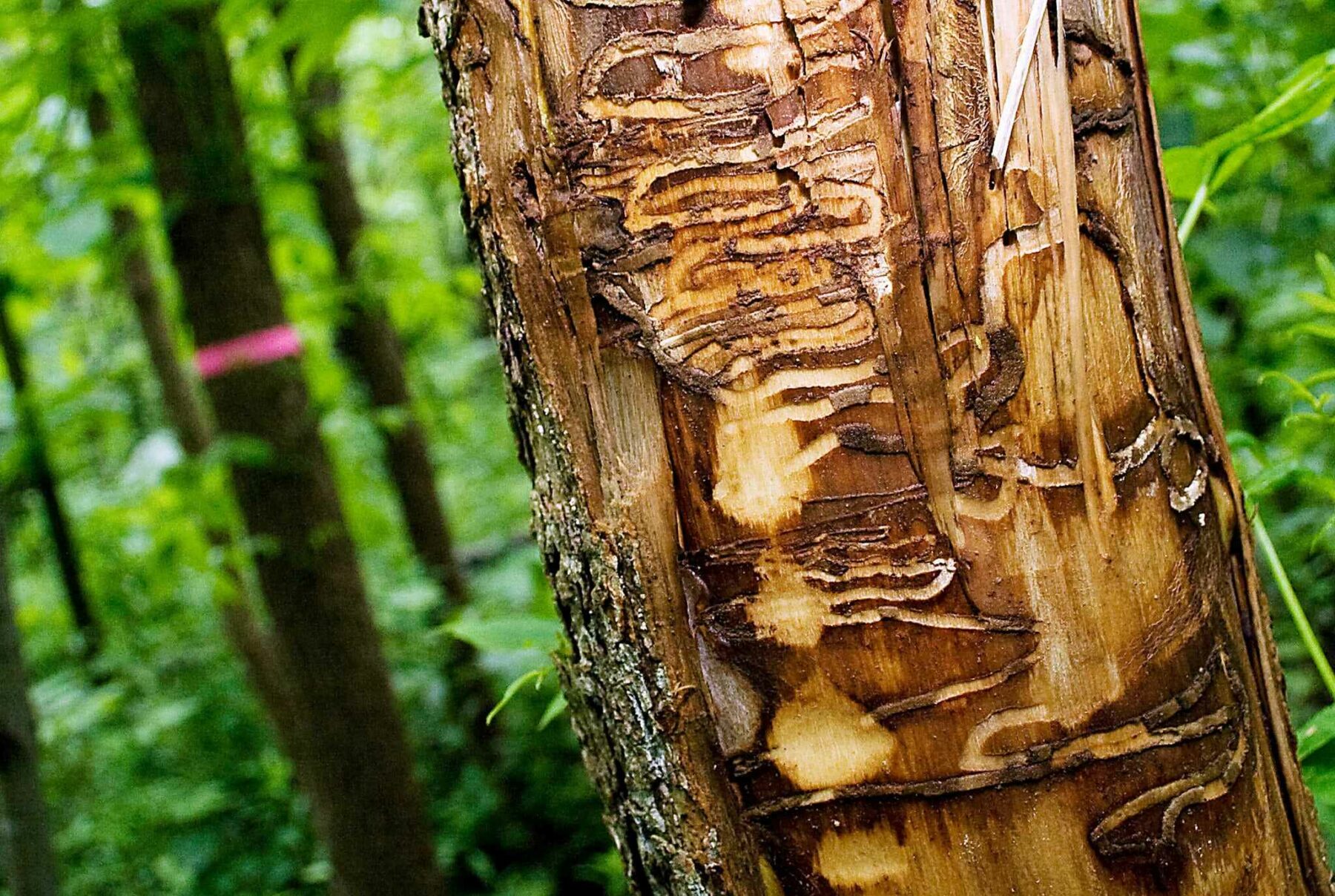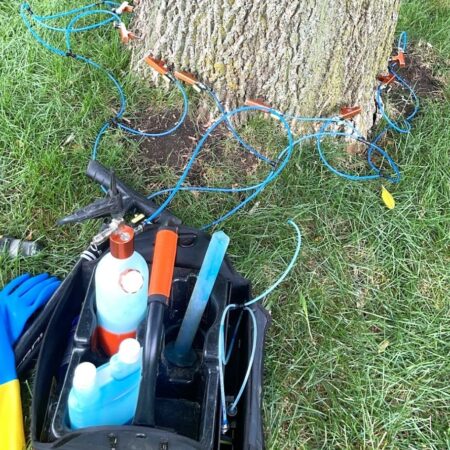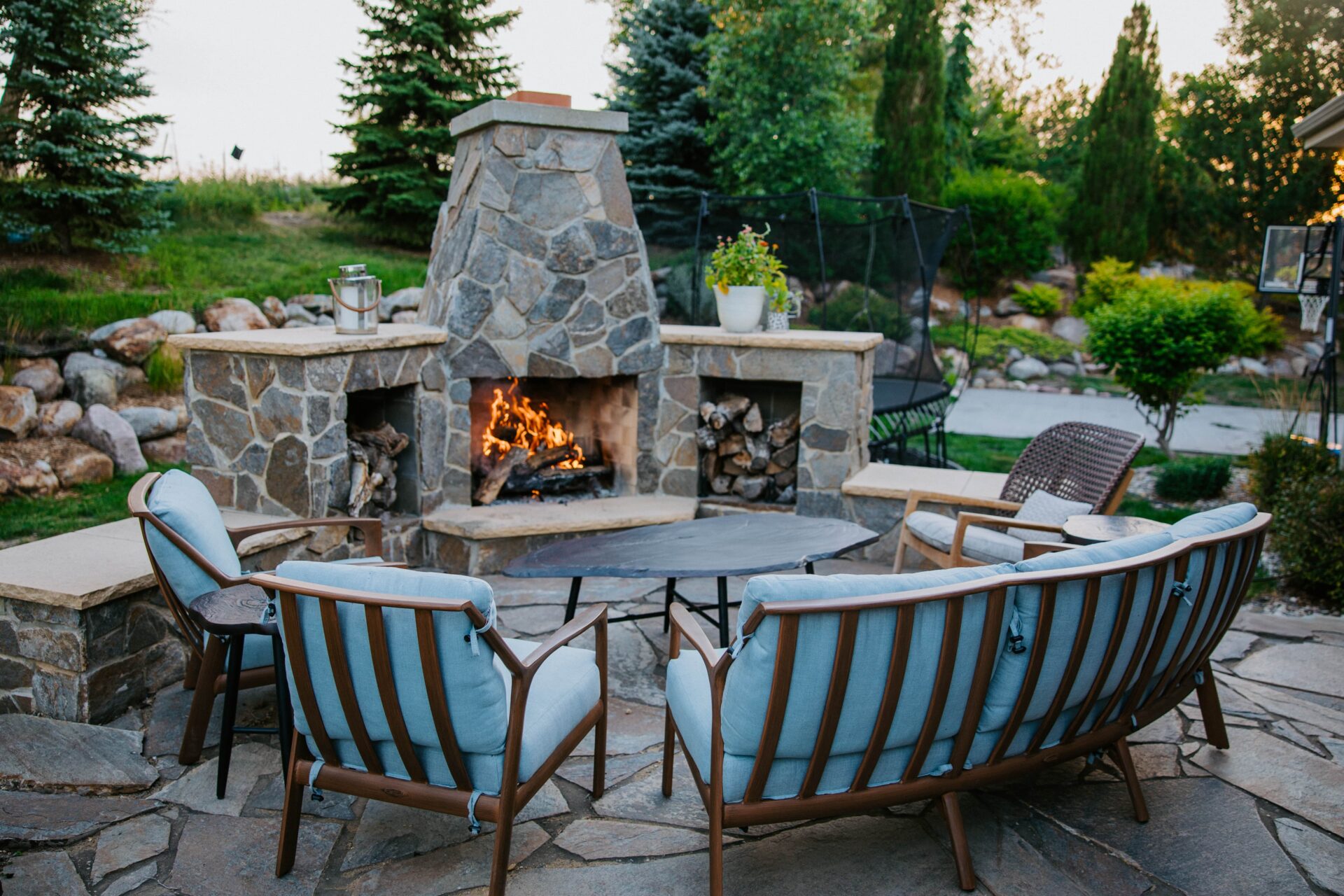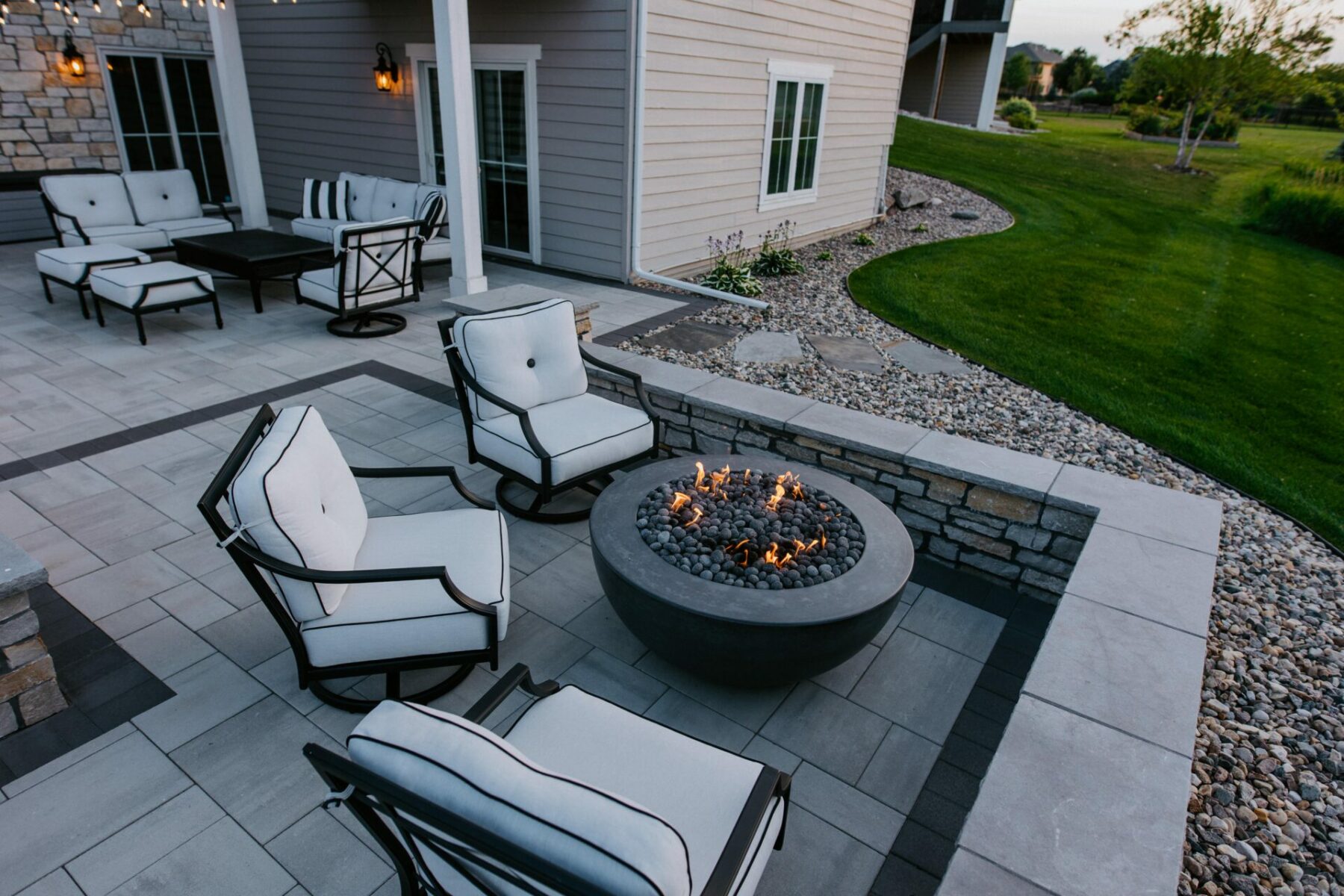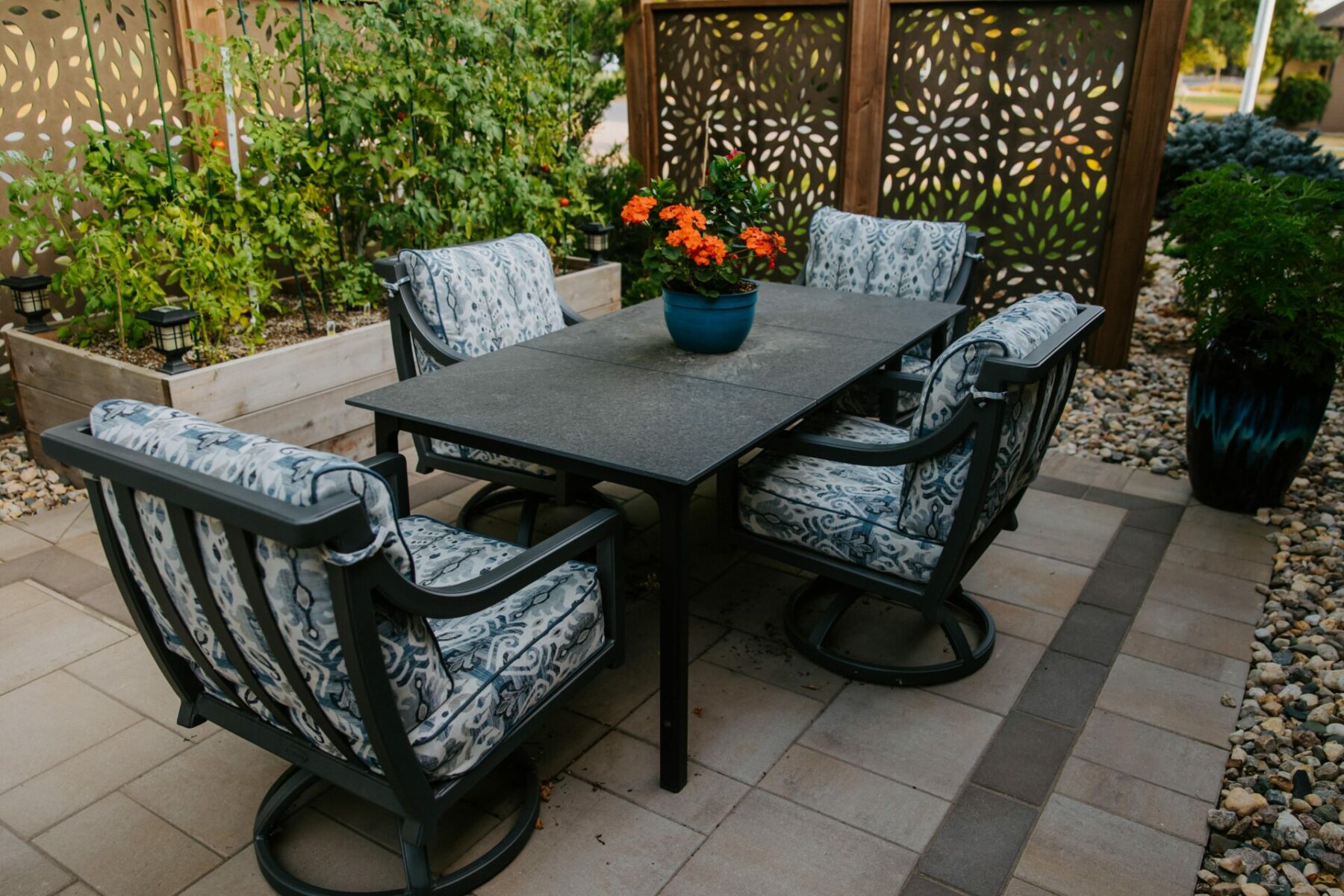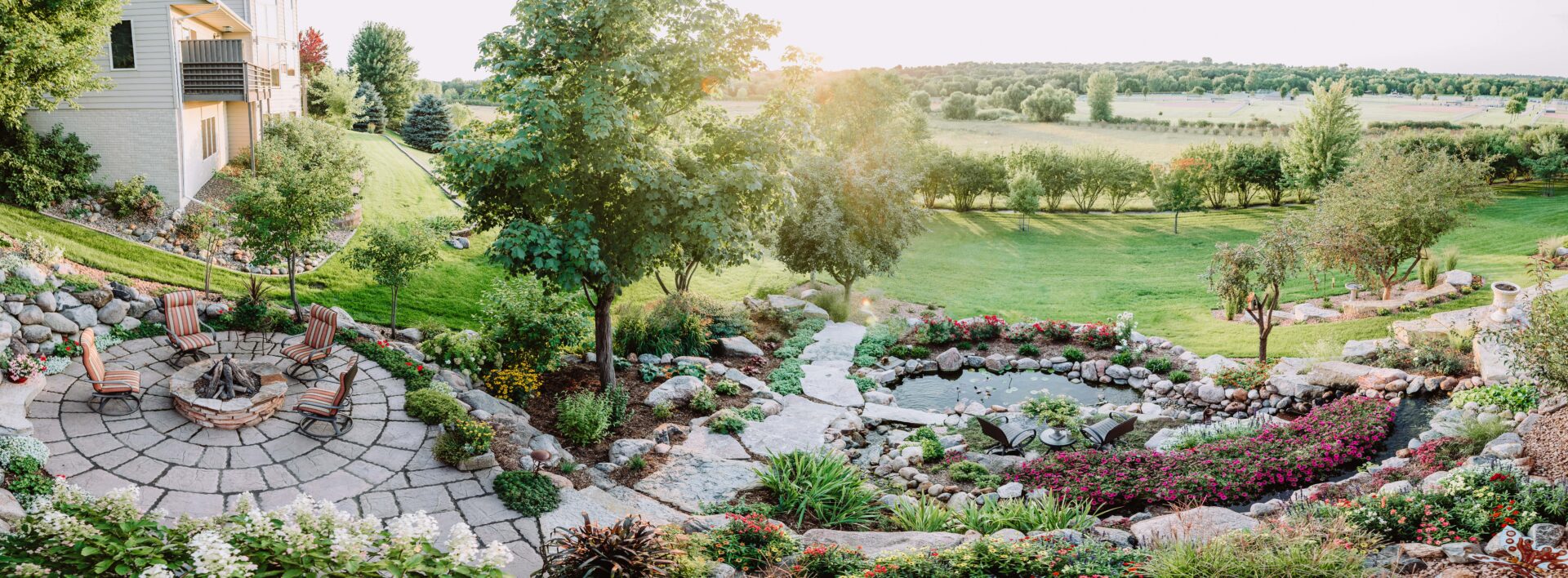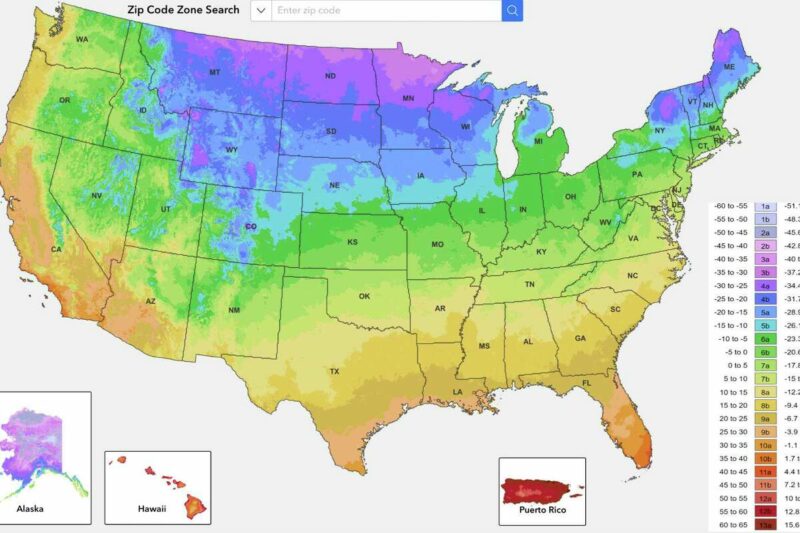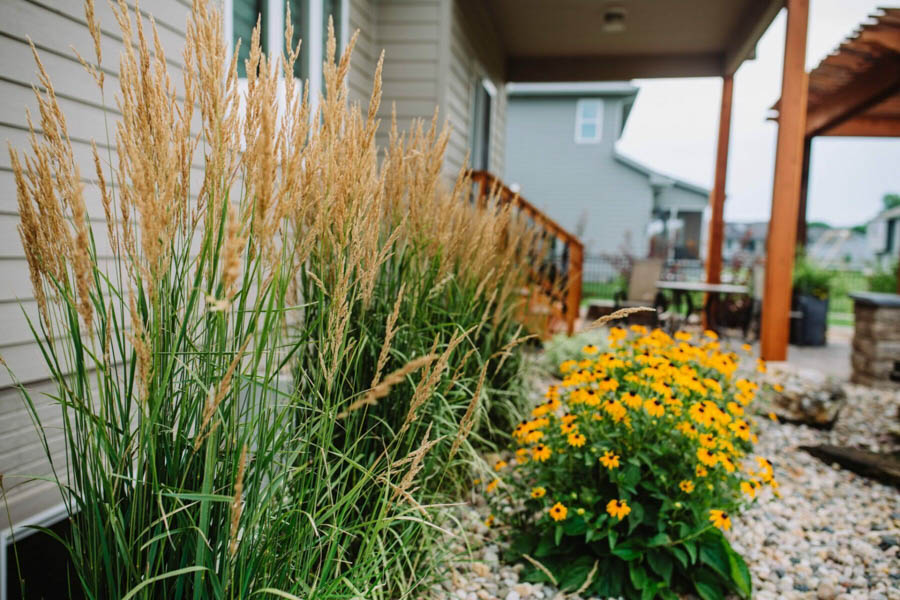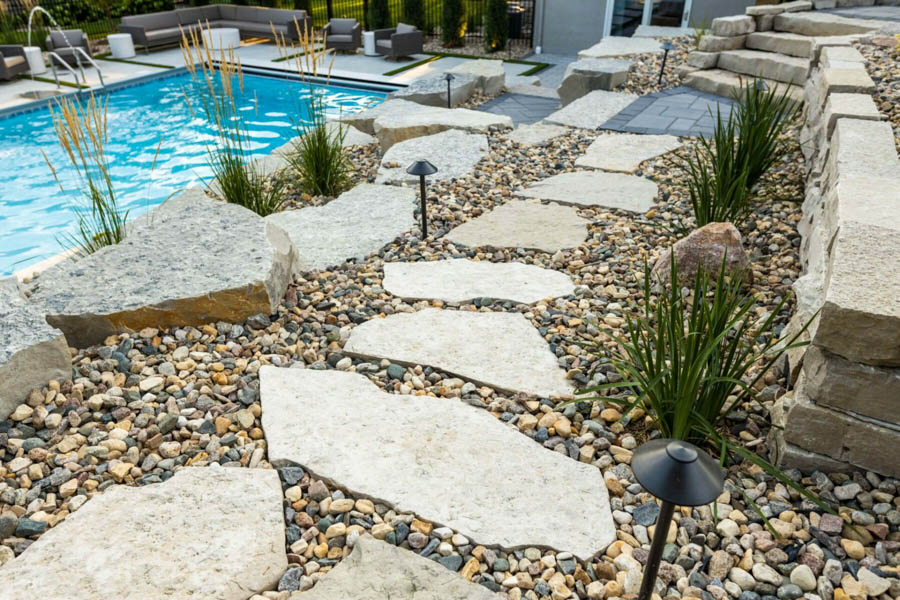Lawn Dethatching: Does My Lawn Need It?
Spring is here, and that means spring cleaning is in full swing! Don’t forget to include your lawn on your to-do list by dethatching the buildup from the winter.
Your lawn is a significant investment that you will make for your home and neighborhood. Knowing how to take care of it so that it continues to thrive year after year will be crucial. One of the most important things you can do to maintain a healthy lawn is to schedule a dethatching service.
The professionals at Weller Brothers are ready to spring into the details of what lawn dethatching is and why it will be beneficial for your yard!
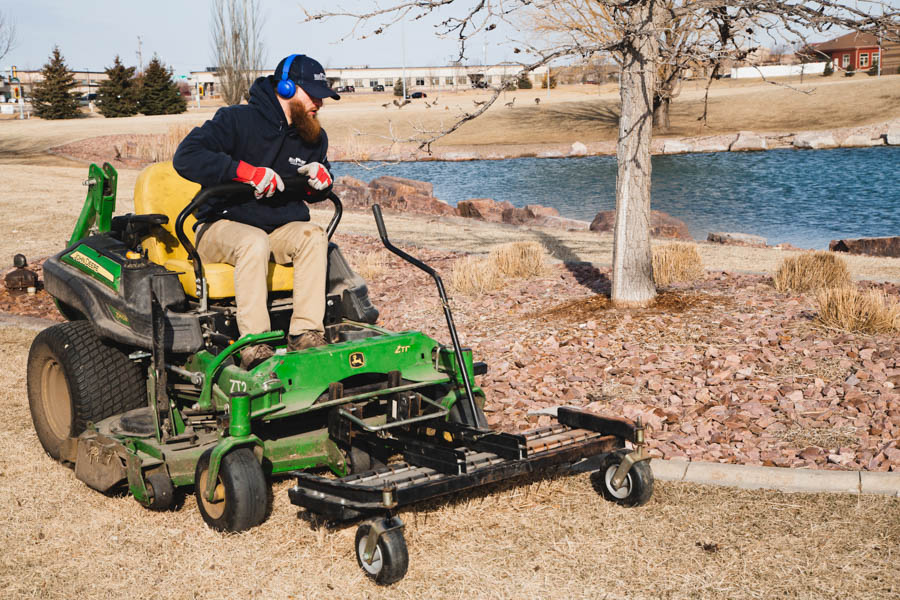
What is Dethatching?
Dethatching is also very commonly known as “power raking.” The purpose of this service is to remove thatch buildup in your yard. Thatch is a layer of dead and living organic matter that accumulates on the surface of soil. Thatch can consist of grass clippings, leaves, twigs, and other debris.
Thatch buildup can prevent water, air, and nutrients from reaching the soil and roots, making your grass more susceptible to disease and pests.
Traditionally, detaching is done each spring. However, it can also be alternated every other year with a fall aeration to improve drainage and help the roots grow deeper in your lawn.
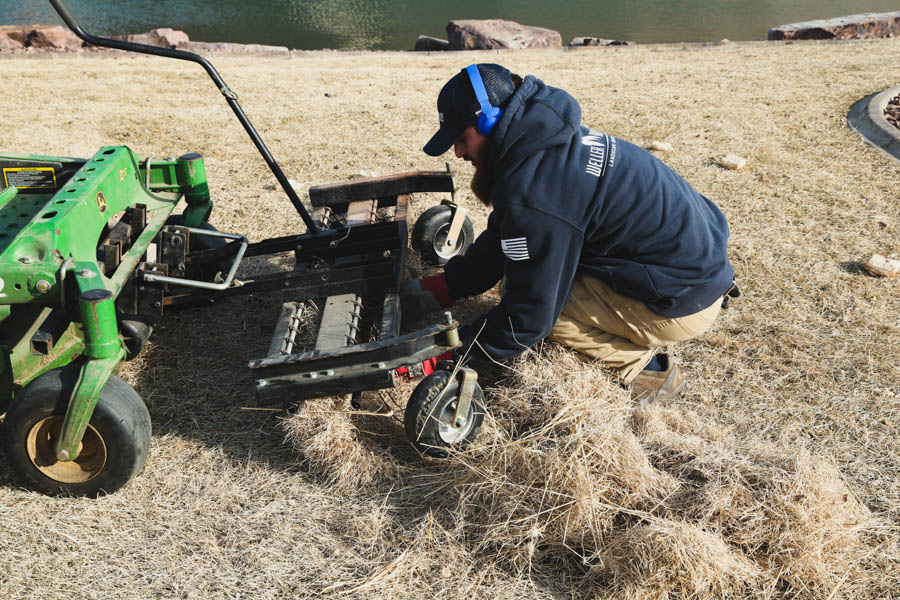
Weller Brothers maintenance technician clearing out thatch buildup from their power rake.
When to Dethatch Your Lawn
The recommended and best time to dethatch your lawn is in the early spring, when the grass is starting to grow from the cold season. Dehatching in the spring will help give your lawn a head start on the growing season.
When dehatching your lawn in the spring, this also allows for lawn care programs, including fertilizer and weed control, to be able to work more effectively and efficiently. Weller Brothers commonly utilizes a 5-step fertilizer and weed control program. The first step is key to a green and lush lawn, as it includes pre-emergent for crabgrass and granular fertilizer.
Contact Us For Power Raking in Sioux Falls or Rochester
The lawn care professionals at Weller Brothers in Sioux Falls, SD, and Rochester, MN, have the experience and equipment to properly power rake or dethatch your lawn this spring.



